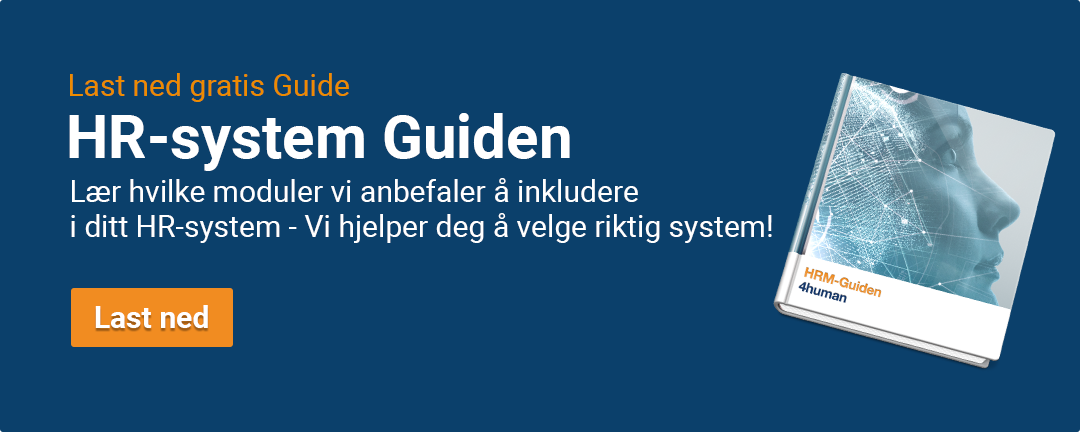What is competence development?
The right skills are essential for effective productivity and well-being in the workplace, whether it's in the office or from a home office, which has now become part of our new everyday life.
Effective, efficient and strategic competence development helps to clarify what skills your business has and needs to achieve set goals in both the short and long term.
Once you've identified the skills in your business, and any gaps, only then can you start thinking about what actions can be taken. It's important that planning takes place hand in hand with your employees. The skills of the individual employee must be balanced with the needs of the business at all times.
So, how do you facilitate this work? We give you 6 quick tips that should come in handy for you and your business.
1. Identify the company's competence needs
As a manager, the first thing you need to think about is what know-how your business needs. Create an overview of the skills that will be needed in your business in the future. Here you should analyze points such as:
- What does the company want to achieve in the coming years?
- What skills do you need to achieve this goal?
- Do you have existing expertise in the company?
- Are you planning to hire or contract new labor?
Remember that the skills of individual employees must always be balanced with the needs of the business. This is the only way to ensure a good strategy when it comes to competence development.
It's important that you involve managers and other professionals at this stage, as financial issues may arise.
2. Map the employee's competence
Once you've mapped out what your business wants to achieve over the next few years, and the relevant skills required to achieve those goals, you need to investigate whether the desired skills already exist within the business.
By analyzing the current available expertise, you will get an overview of what skills gaps exist and whether or not new external expertise should be found. As a result, your business can save money by not hiring or contracting new labor.
It is important that this stage is analyzed systematically with your employees and other department managers in the company. This makes it easier to document employees' skills and other relevant background. Examples of relevant background can be work experience, education, courses, certifications and other skills.
Think about what's important and relevant to your business, and feel free to document this information in a competence module, where all the information can be found in one place. Other ways of identifying employees' experiences can be through appraisals.
3. Define the employee's job role
Once you've analyzed your desired competencies against existing skills in each department and what the business needs, you need to broaden your search when it comes to job roles. Be aware that even if the skills already exist in the company, the relevant expertise doesn't necessarily have to be in the specific department you have envisioned.
Think about what the employee needs to know or need to fulfill their role. Is it the right role for the employee, or can other roles and positions be considered in the company? Perhaps another employee from a different department is better suited to the role for which you want better expertise?
Defining job roles can help you as a manager sift out various skills and get a better overview of which employees may be better suited to other roles in the company, thereby closing any skills gaps in the business.
Such a definition can also take place during a development conversation between manager, department manager and employees.





